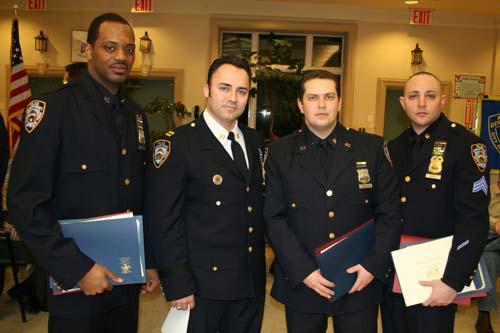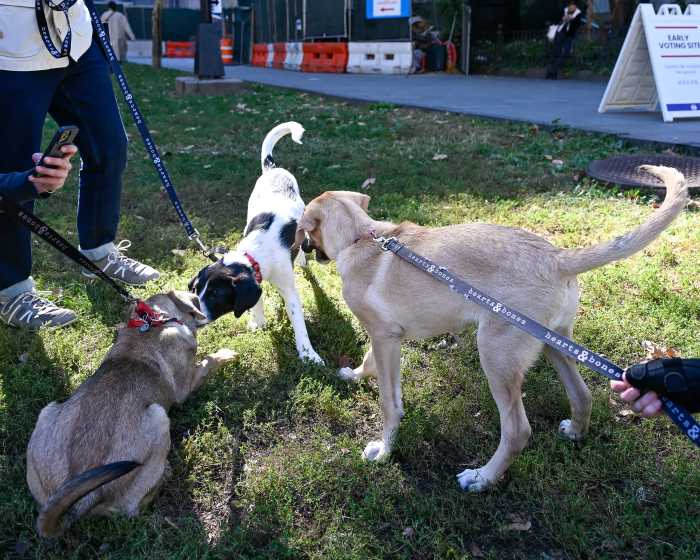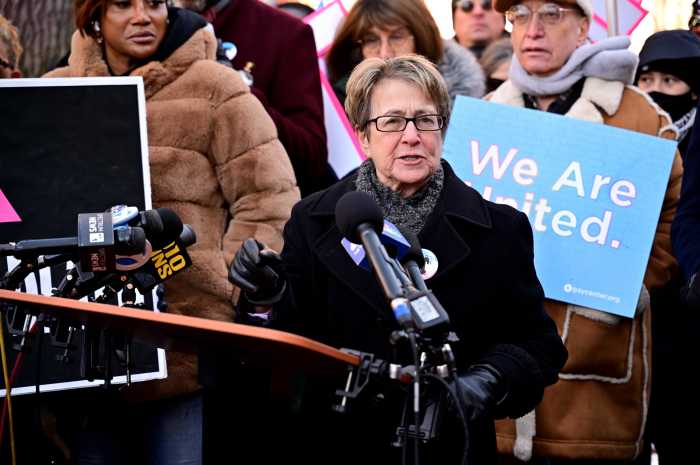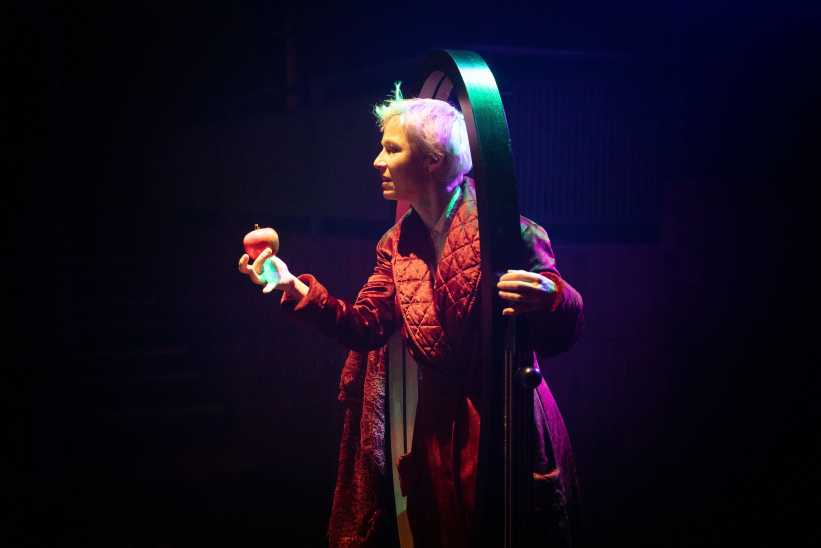With the school season in full swing, area children are back to pencils, books, and, of course, cell phone thefts.
Yet the increase in crime that that comes with the opening of a new school semester has waned in the 61st Precinct, which has seen only four youth-on-youth crimes related to class dismissals in recent weeks.
Captain George Mastrokostas, the commanding officer of the 61st Precinct, said that the low volume of youth-on-youth crime can be credited to his officers’ school dismissal coverage.
“We’re covering every school corridor and getting assistance from both the housing and transit bureaus,” Mastrokostas explained. “Things are going well. We haven’t seen a jump in youth on youth robberies so far.”
Last year, cops saw a spike in robberies throughout Brooklyn South thanks to an increase on youth-on-youth crimes, officials said.
In most of these cases, the crimes involved the stealing of Sidekick cell phones or other electronics kids usually have on them.
“Sidekicks cost anywhere between $450 to $480,” said Mastrokostas. “Between the Sidekicks and their iPod Nanos, these kids have upwards of $550 to $600 on their person at any time, and they’re only 14 years old.”
This year, however, only three youth-on-youth robberies and one youth-on-youth grand larceny have occurred at dismissal time between September 2, the first day for the Department of Education’s 2008-2009 school year, and September 12.
All four thefts reportedly involved cell phones, officials said.
Mastrokostas explained that he has put officers on Nostrand Avenue, Avenue U, Sheepshead Bay Road and Kings Highway – wherever school-age children will be congregating as they wait for trains and buses.
At the same time, he and his officers are continuing with their cell phone identification program.
Much like VIN (Vehicle Identification Number) etching on cars and bicycles, each phone brought to the NYPD is marked with a blue light pen and given a special serial number. The identification number is written not on the phone itself, but on the inside of the battery. The markings are invisible to the human eye unless it’s run under an ultra-violet light.
If his cops recover a phone with a code number that doesn’t correspond with the person holding the phone, the phone is returned to the appropriate party and the one holding the phone could face charges of criminal possession of stolen property.
Since the city doesn’t allow students to use their cell phones during school hours, Mastrokostas said his crime prevention officers will be putting up tables at the train stops students use to enroll them in the cell phone identification program.
At the same time, cops will be giving the students tips they could use to stop becoming targets.
“They, just like everyone else, should be aware of their surroundings,” Mastrokostas said. “If these students aren’t walking down the block texting each other, they’re walking down the block talking on their cell phones. When they’re not using the phones, then they’re trying to be fashionable and keep it on their belt – right where someone can run by and grab it.”
Mastrokostas recommends that students put their phones or music players in an inside pocket as they walk back and forth to school.
“And if someone comes up to you and asks if they can borrow your cell phone, tell them you don’t have one,” he said.























